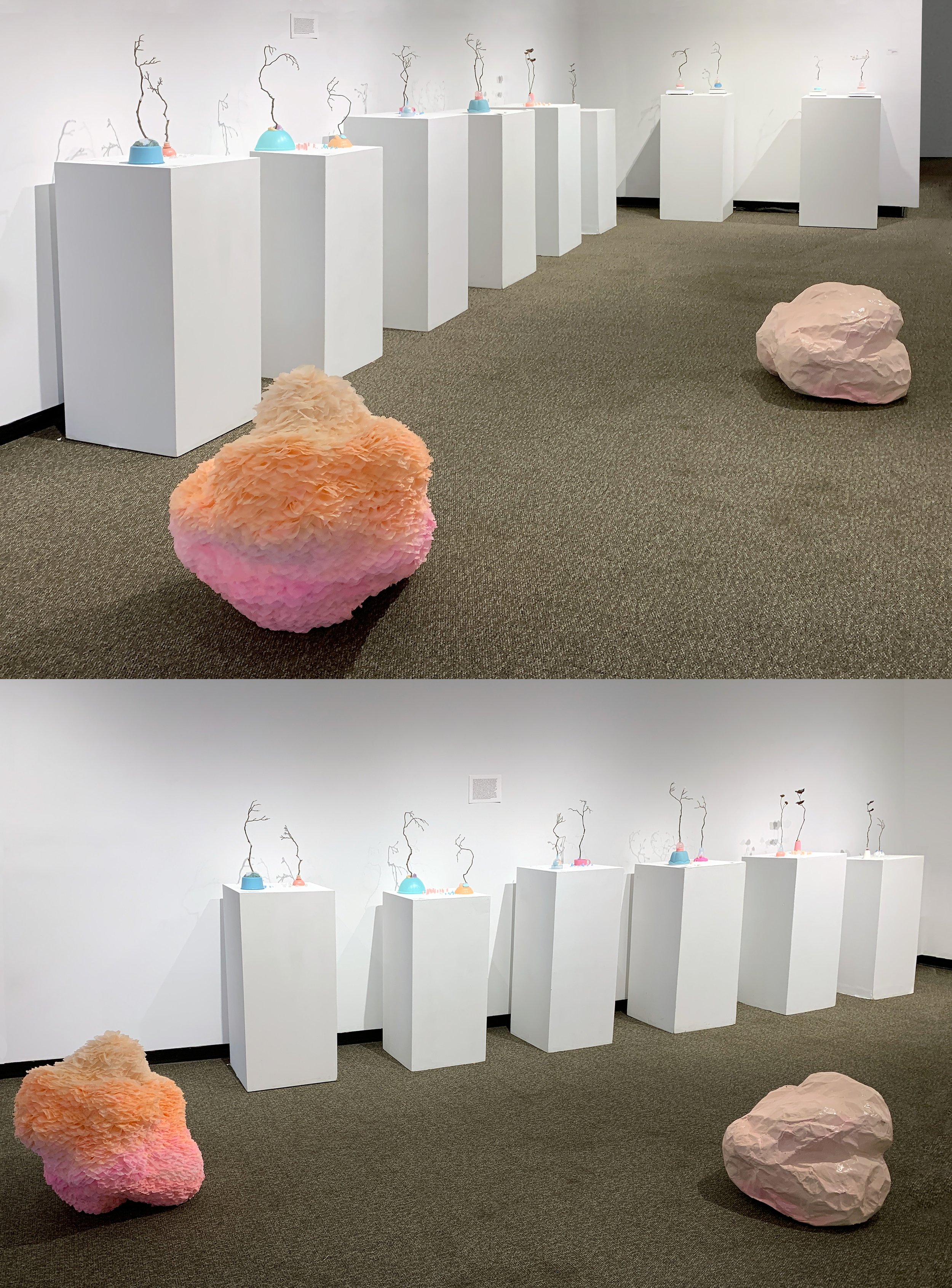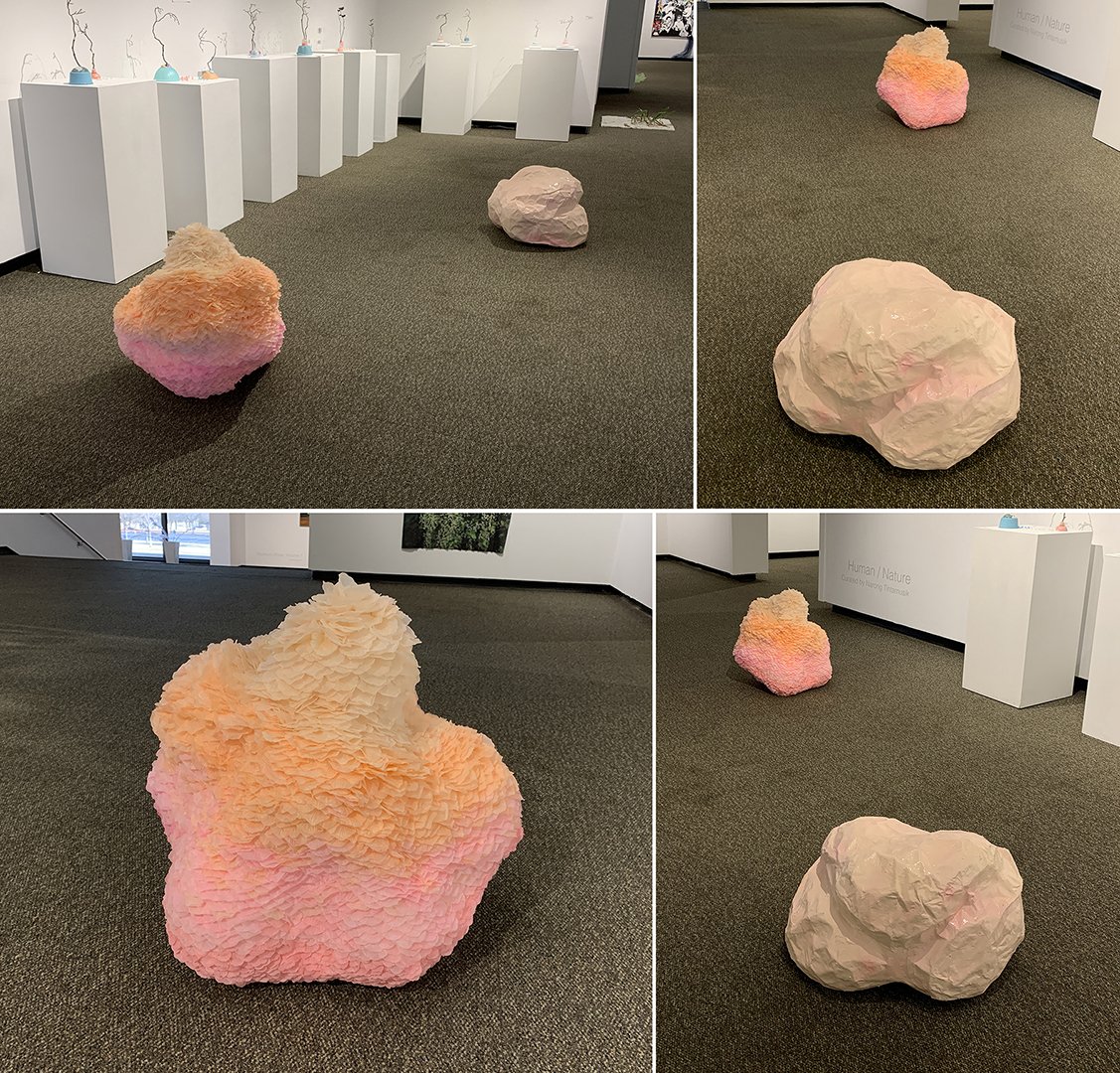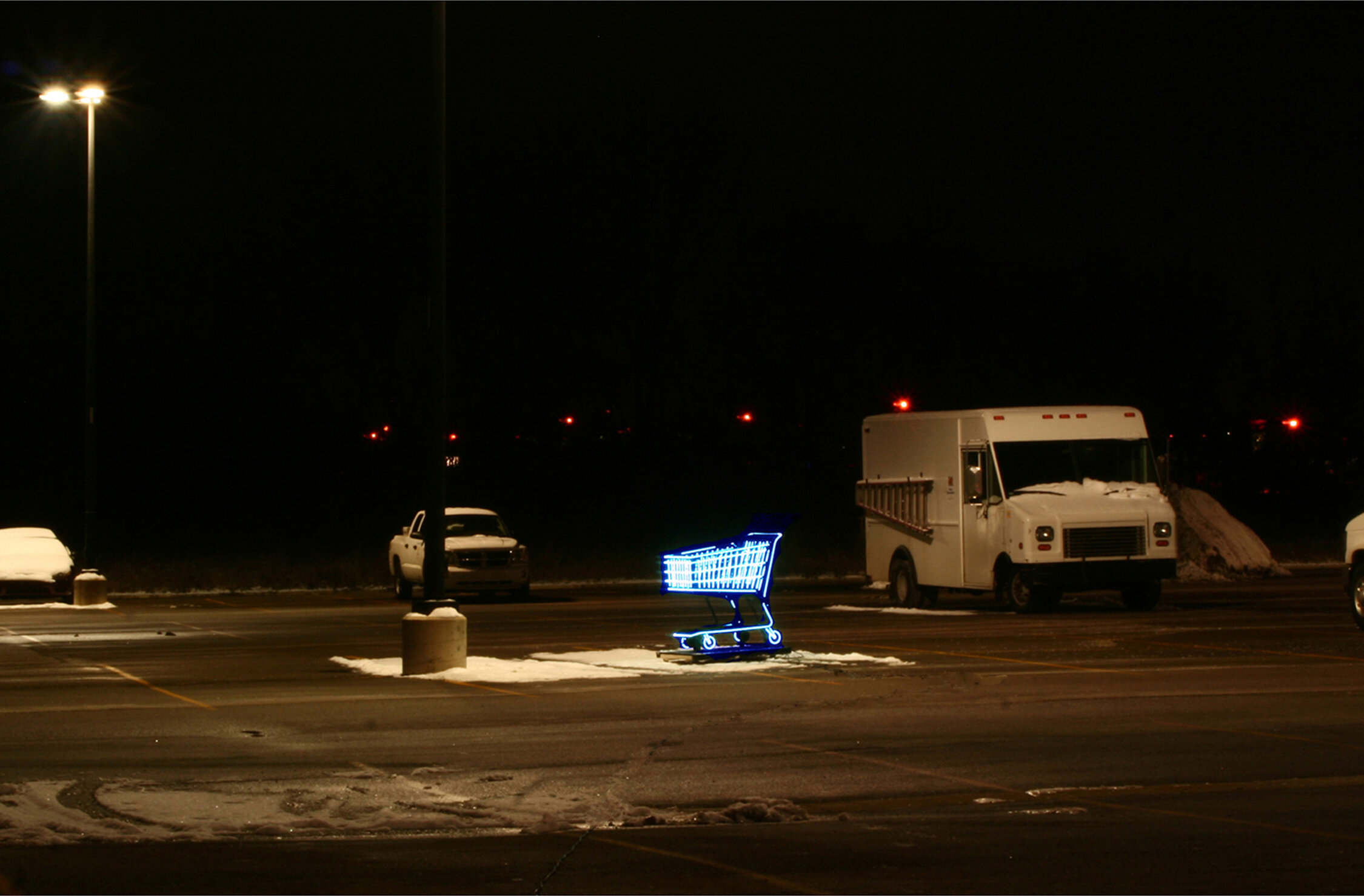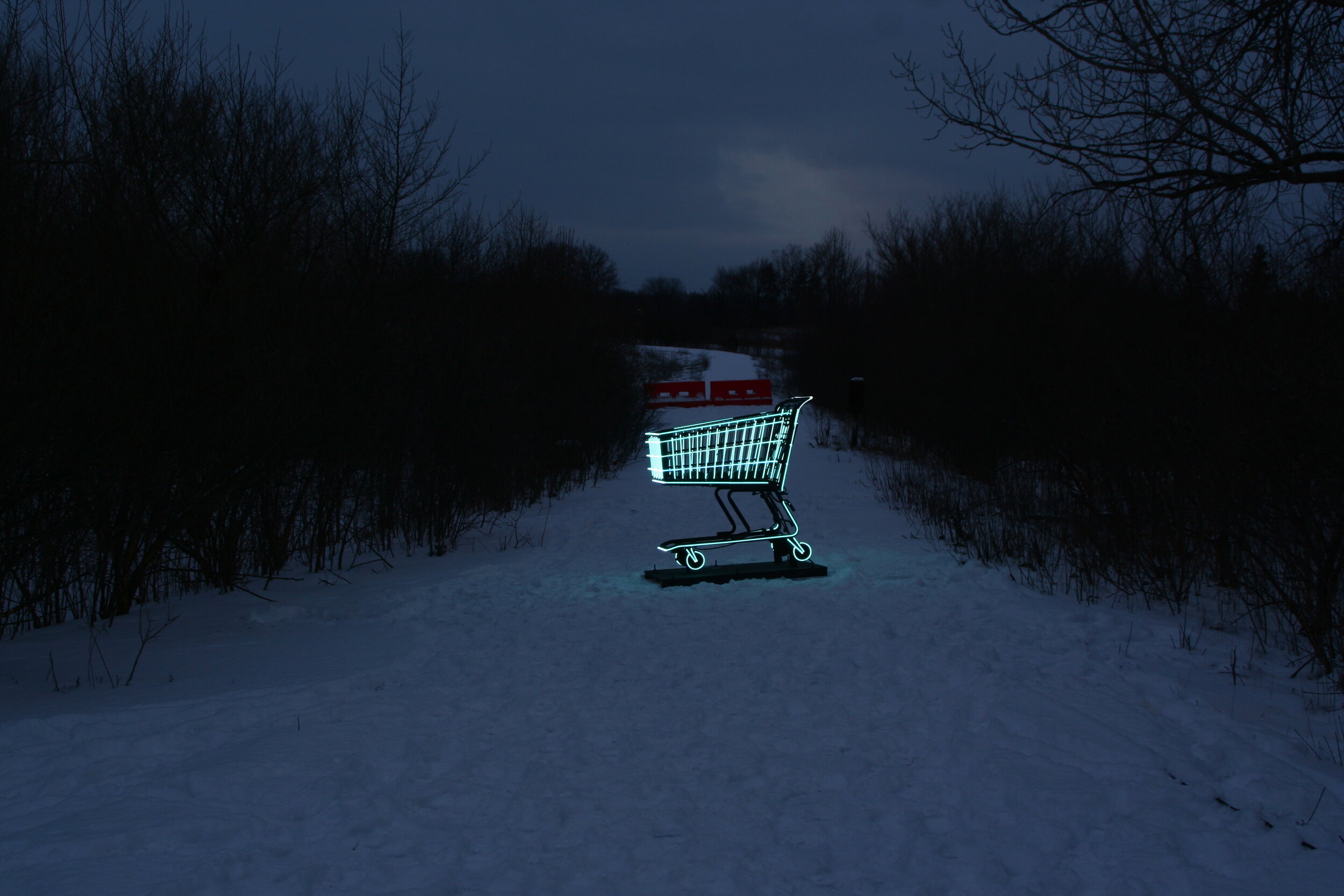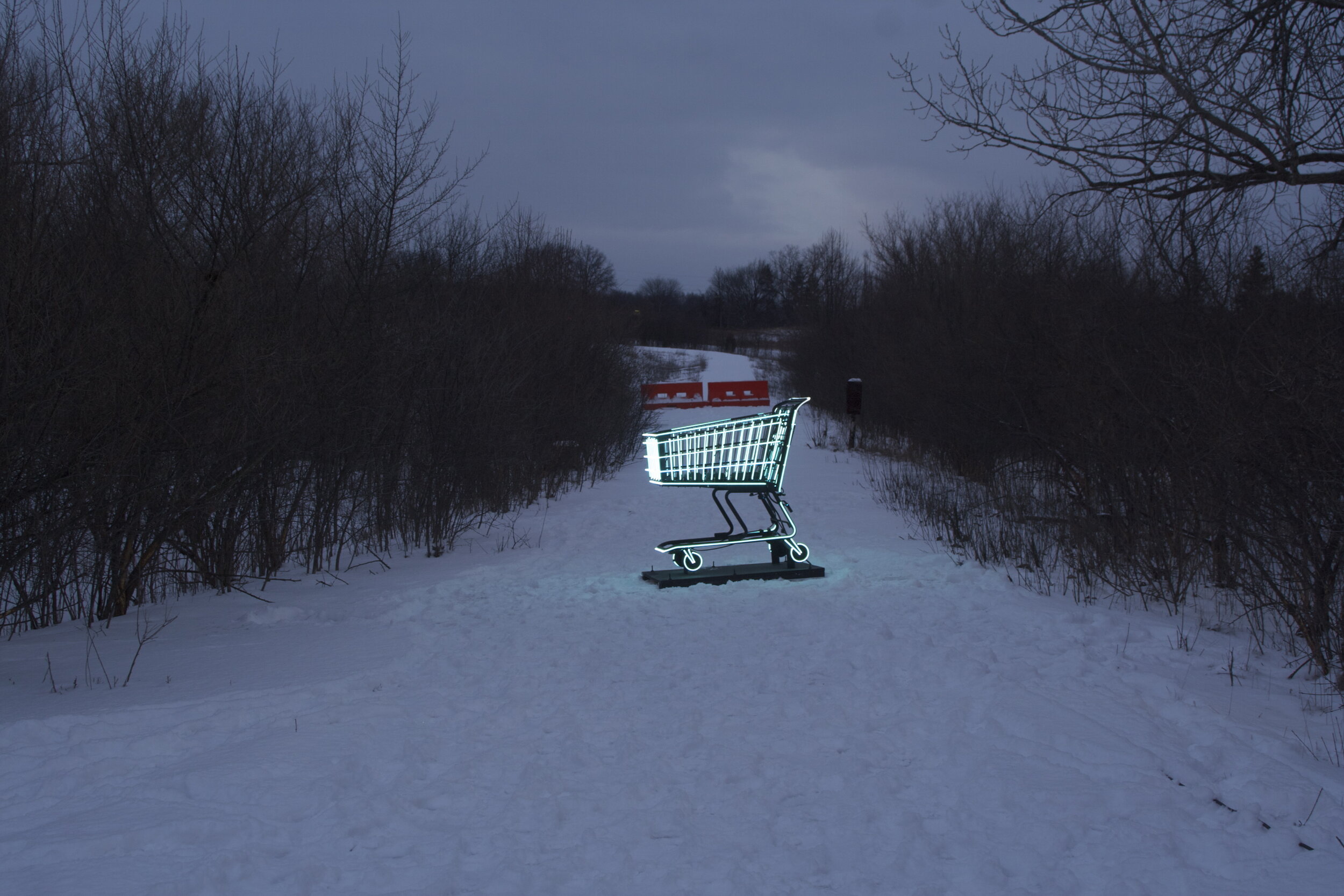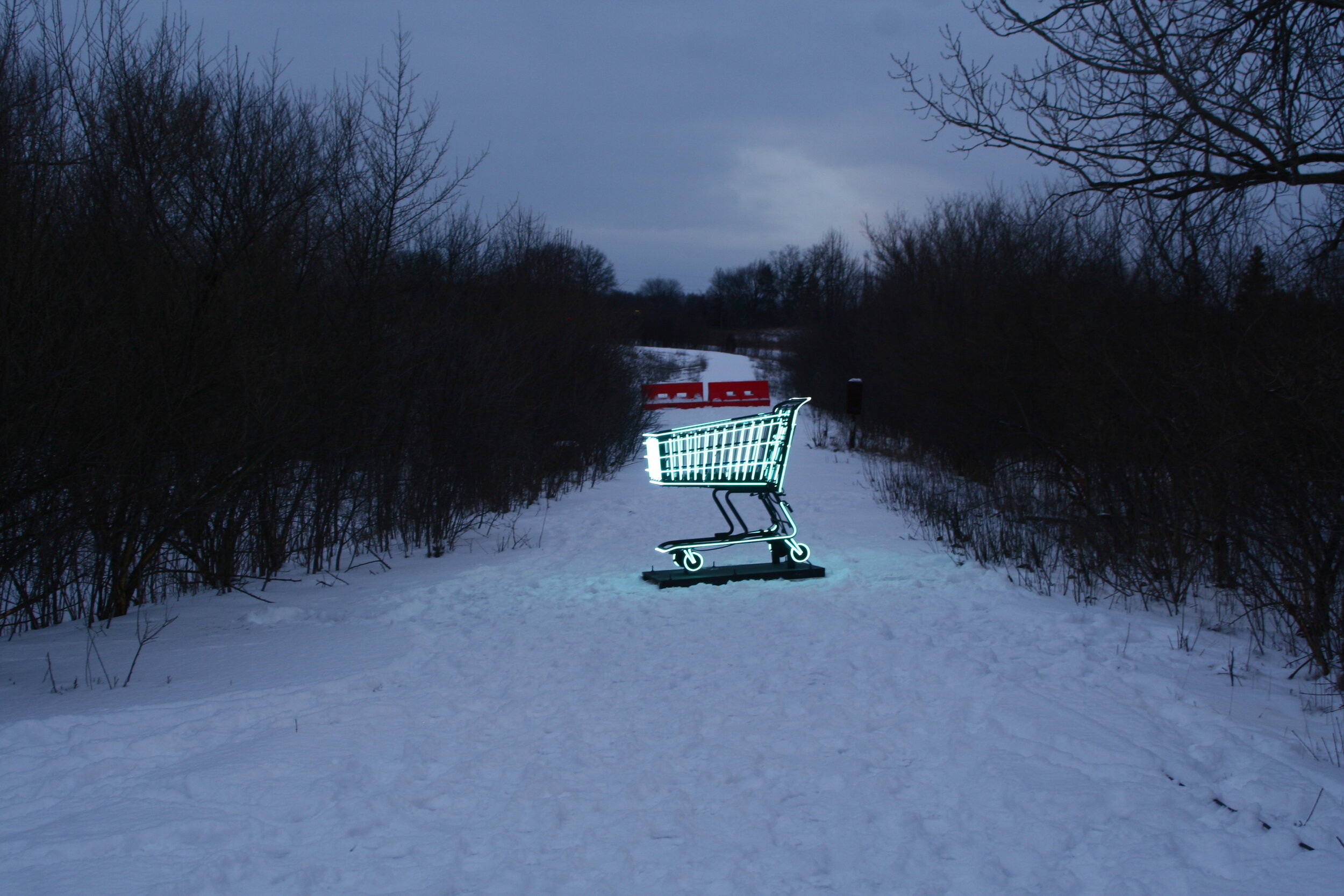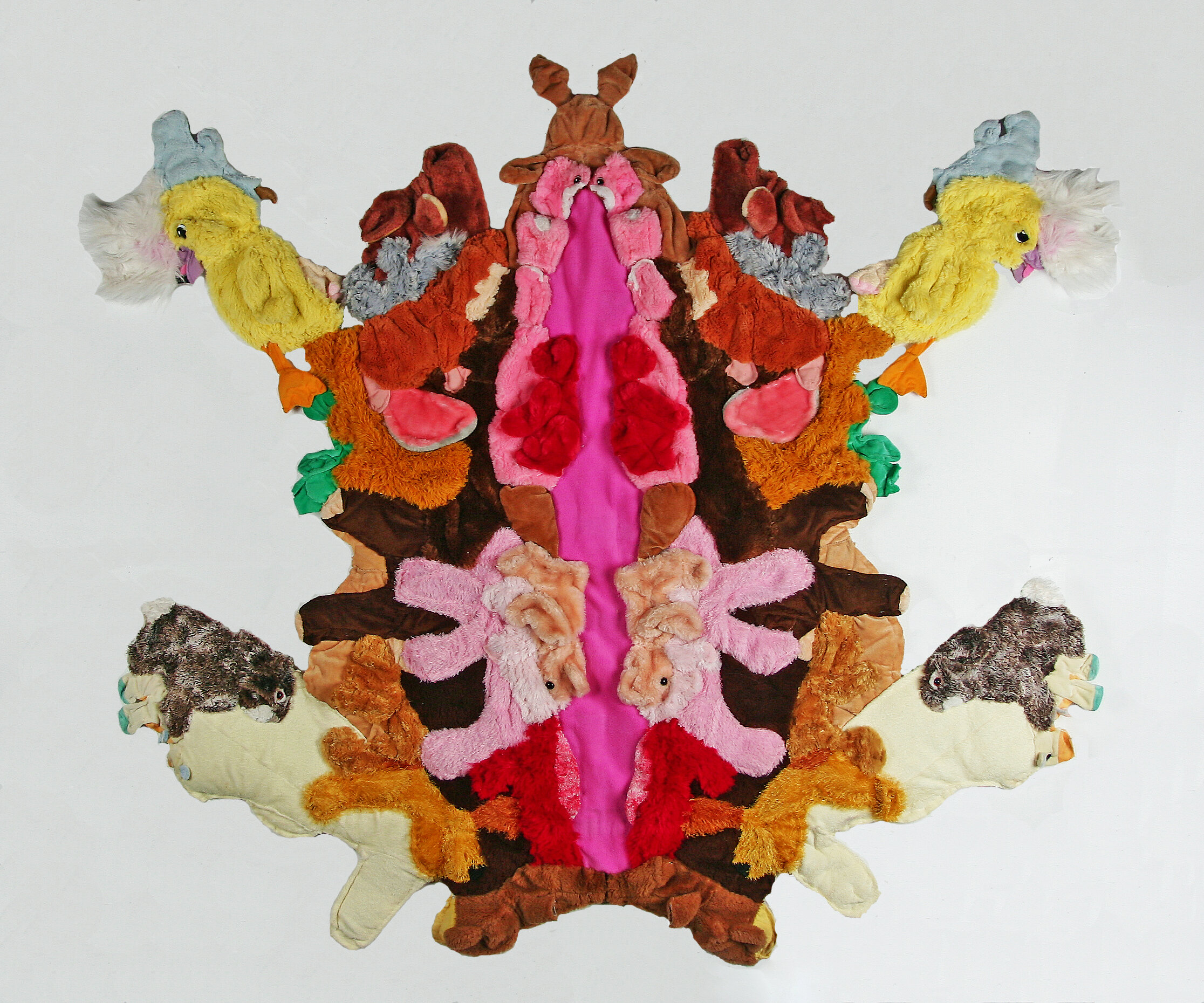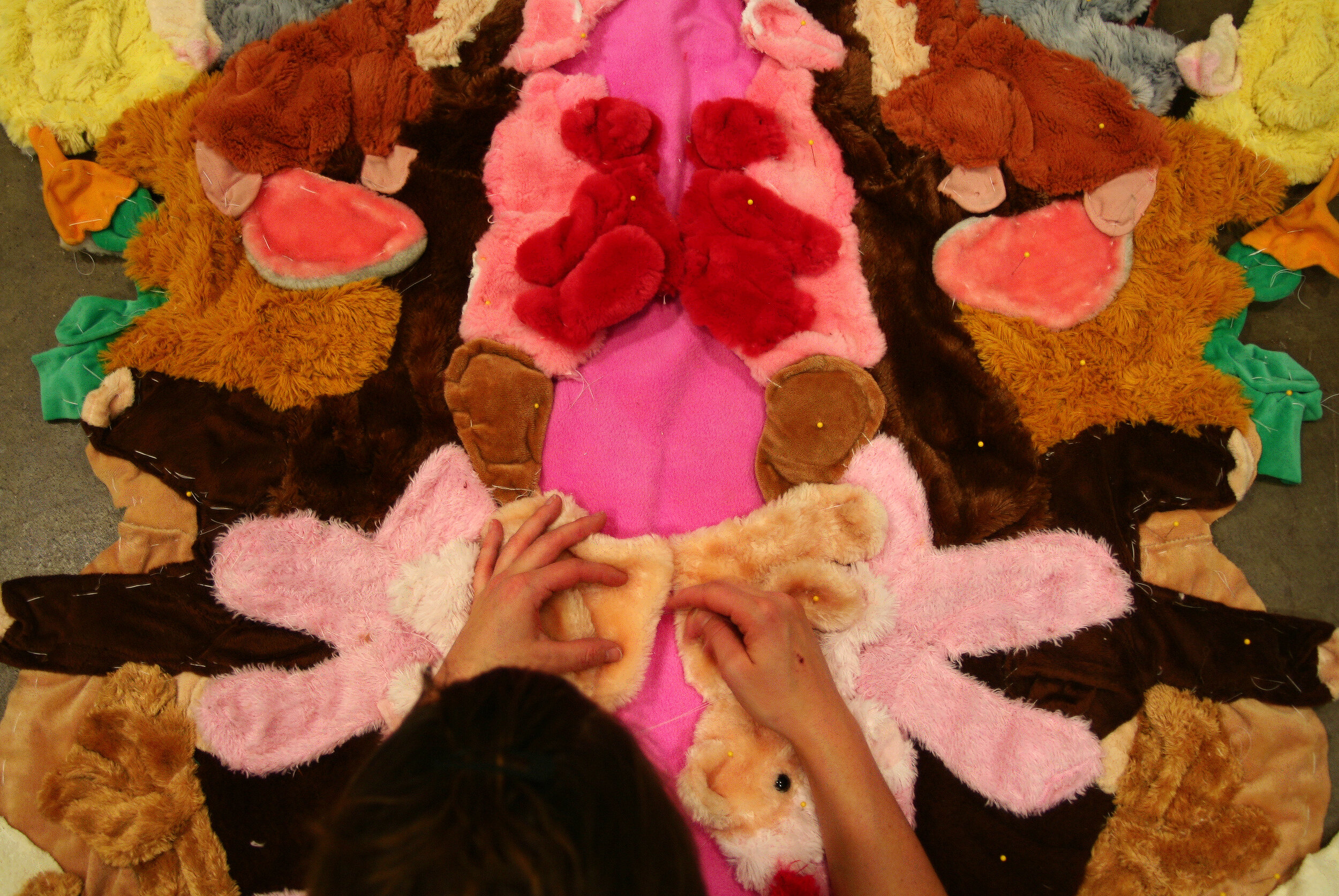Re:PRODUCTION
SCULPTURE + OBJECTS
The Re:Production Series (older work) uses the visual language and cultural vernacular of industrial production to question its very networks, asking how notions of embodiment and labor - and structures of commerce and mass-manufacturing - act upon one another. The Re:Production Series is rooted in sculpture, extending to video and performance, and designed objects, installations, and scenarios. The materials and forms here fold into and inform developing and current work.

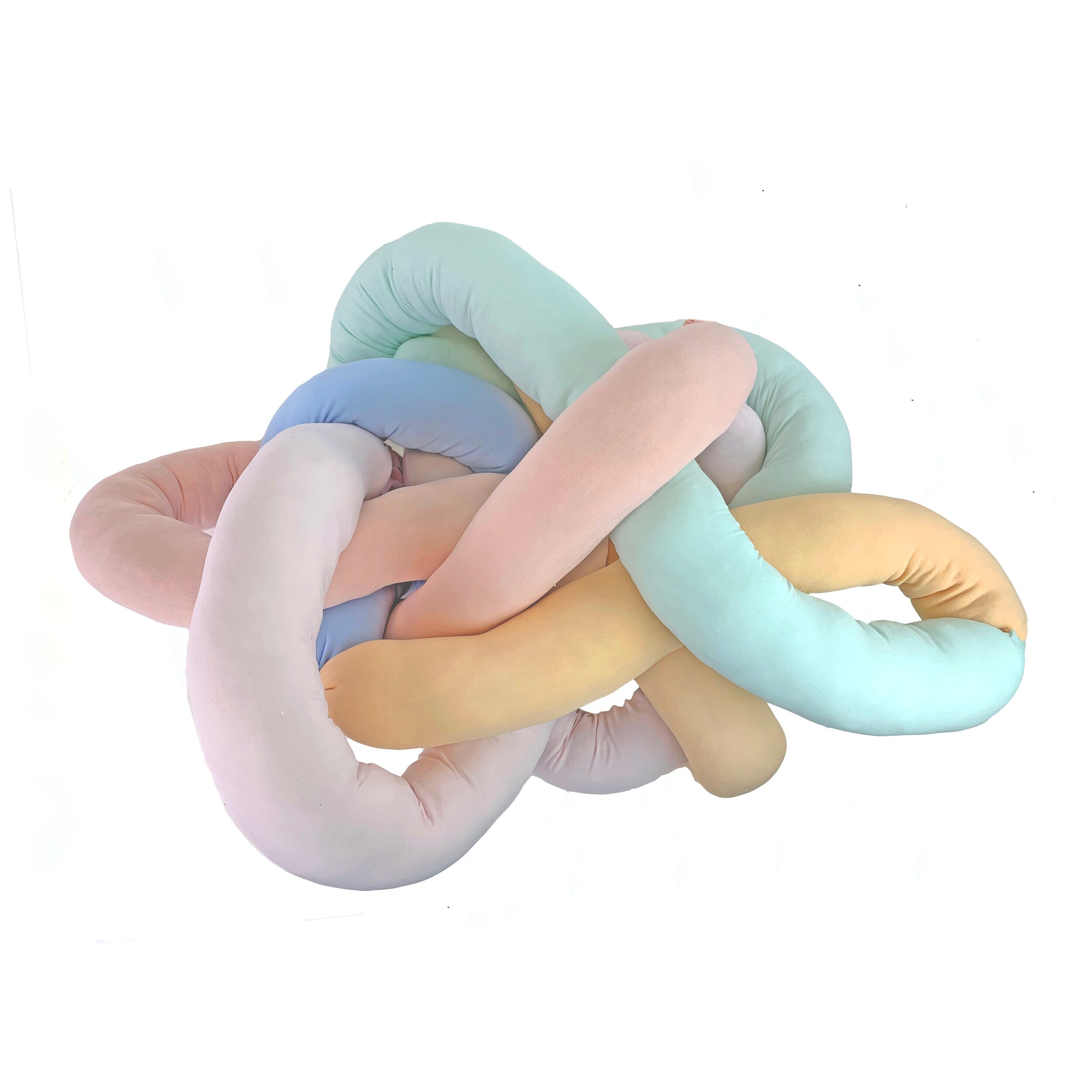

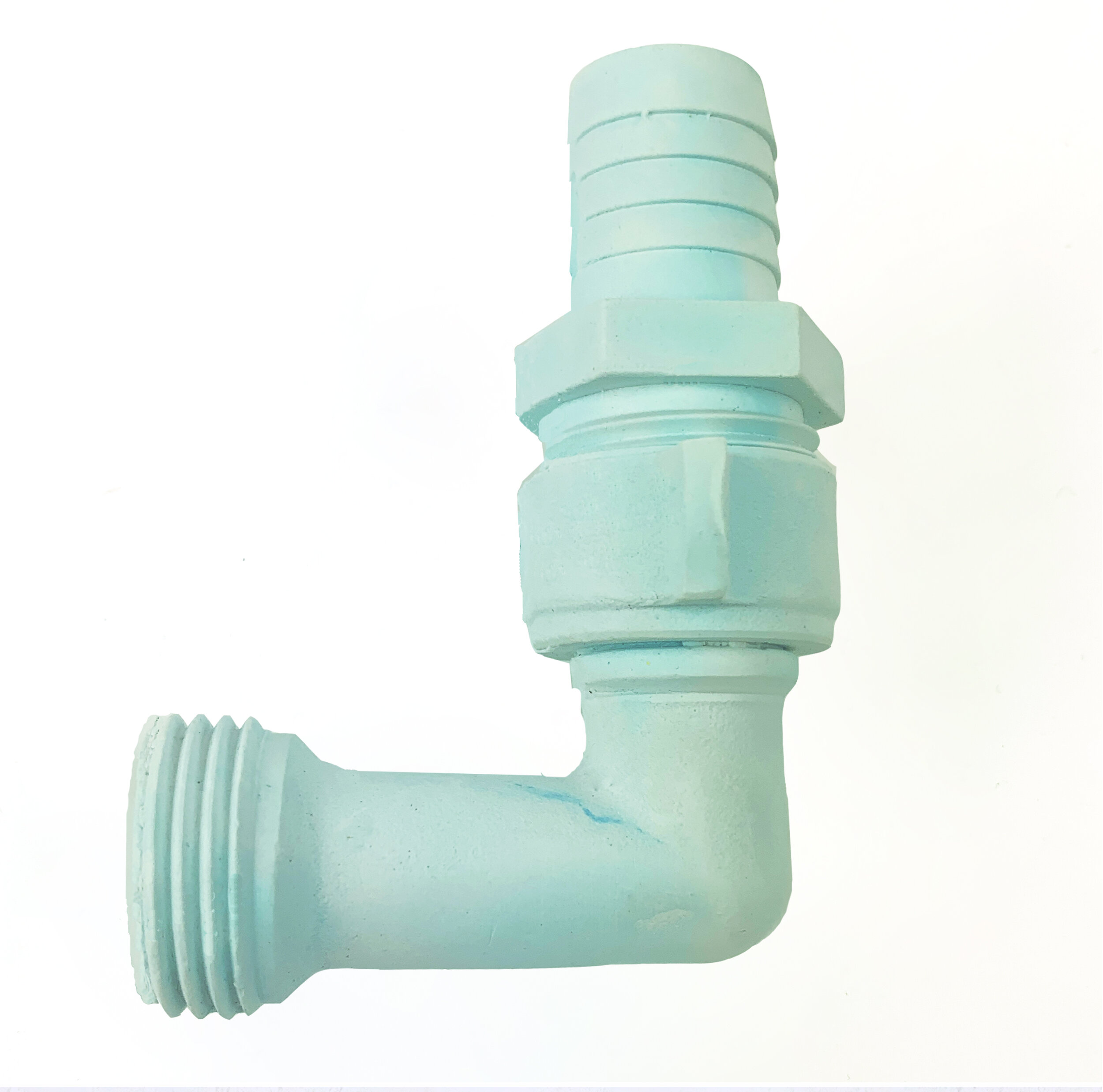
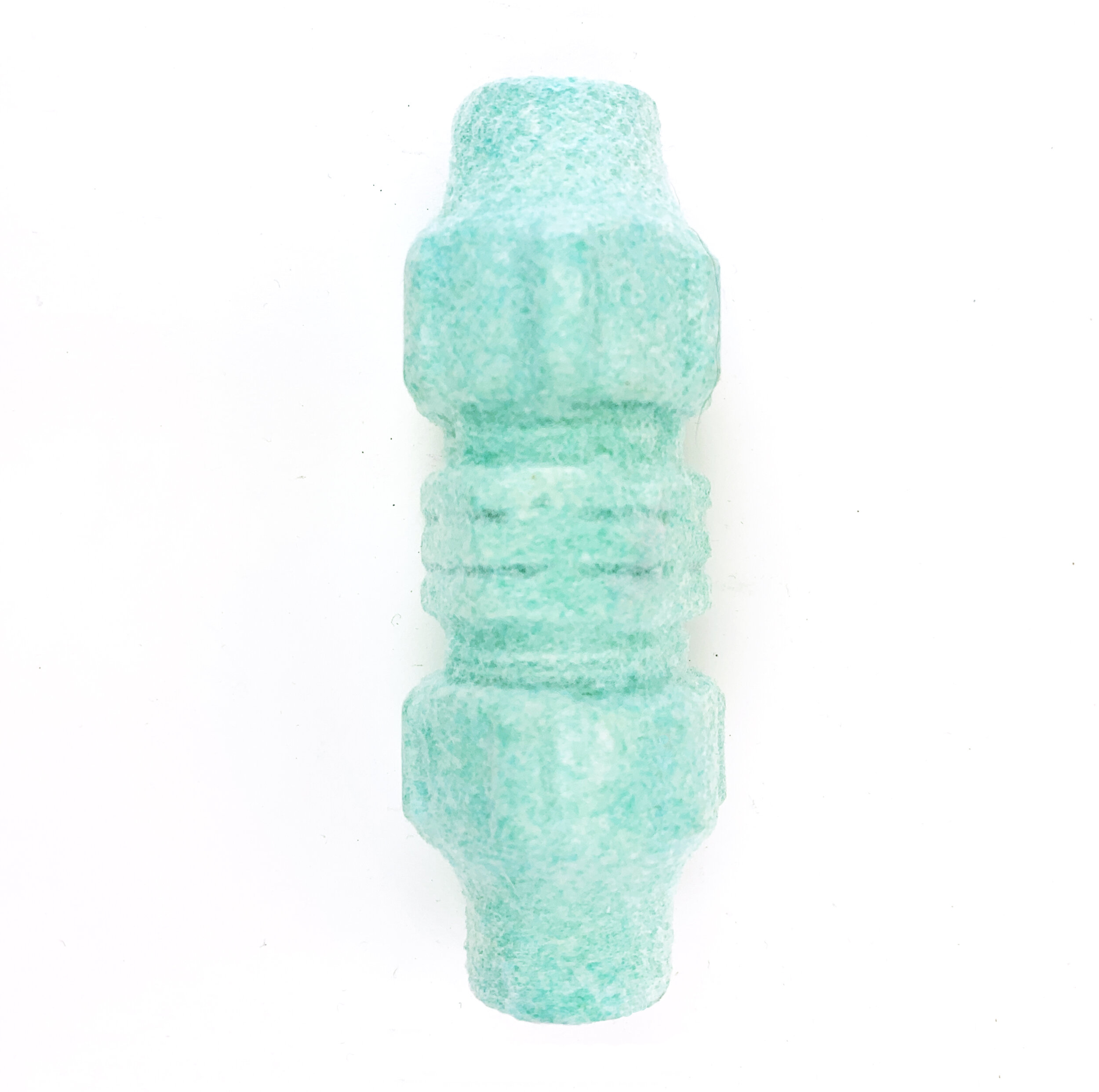
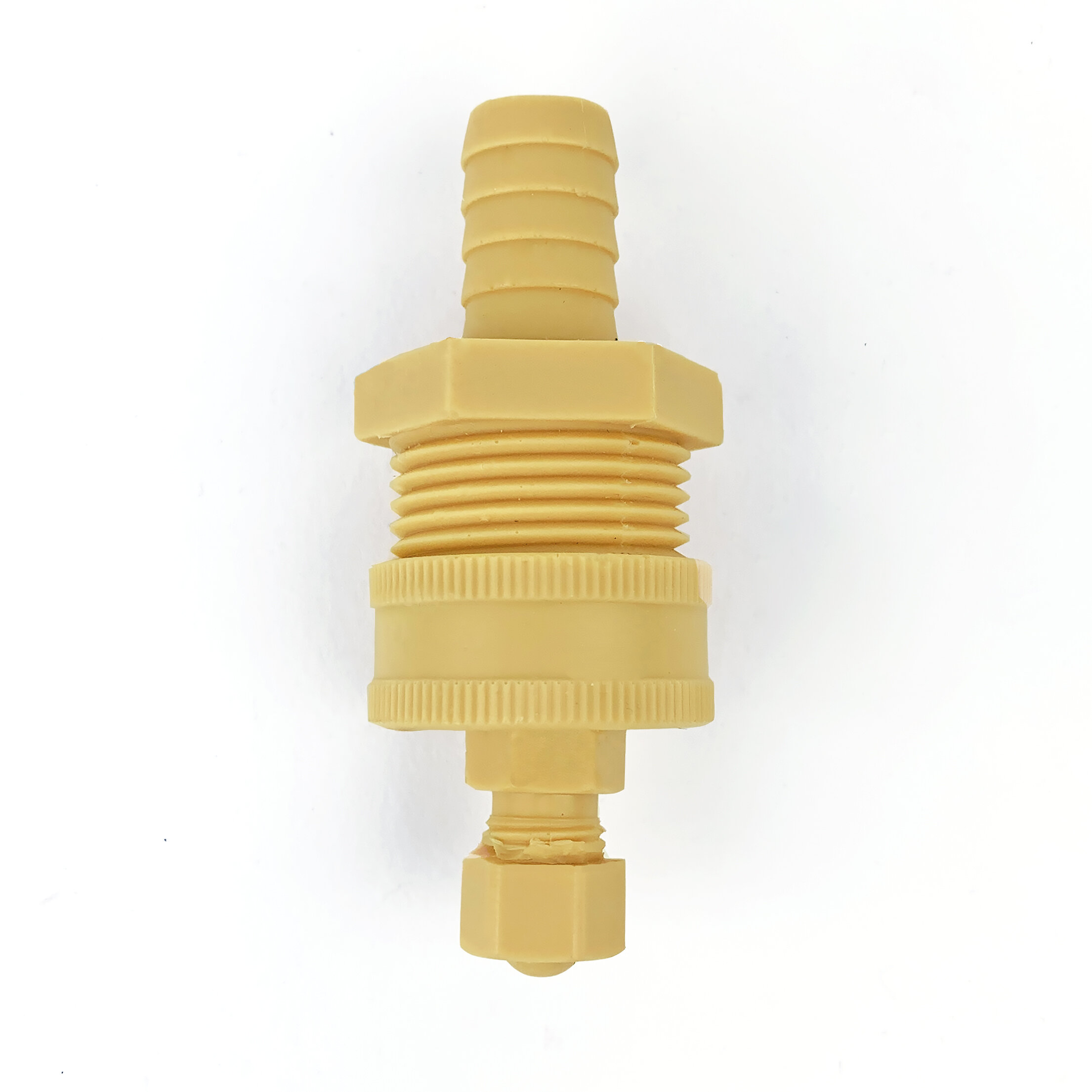
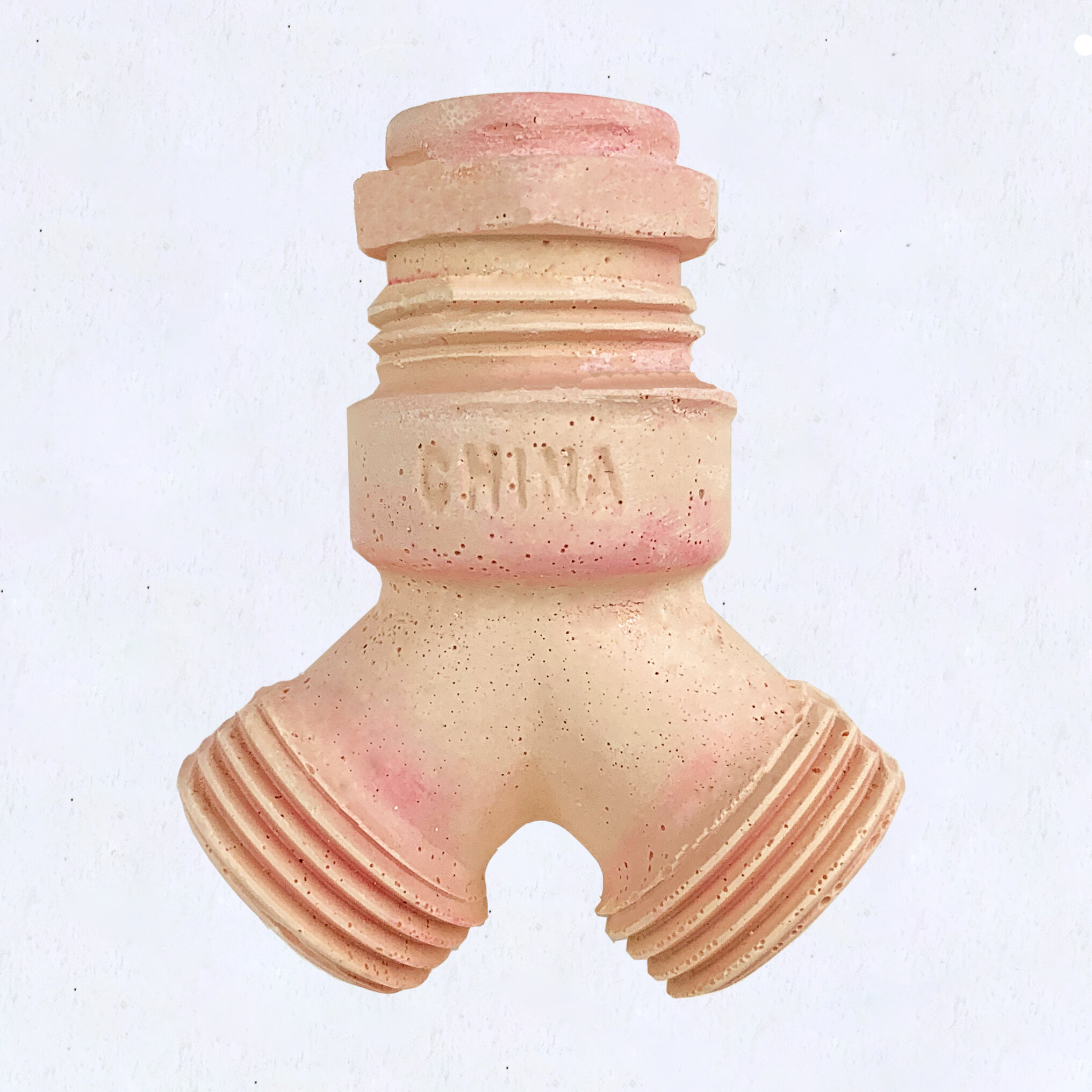
SILICONE LOVER: WORKS
Silicone Lover (at 500X Gallery in Dallas, Texas in March/April, 2020) is a collection of objects that investigate how we navigate intimacy and desire in the post-industrial world.
Starfish investigates synthetic substitutes for intimacy in what I see as a lonely world engendered by philosophies of the machine - philosophies that have created a social structure that is the result of cars, mass production, and ideas about appropriate social distance.
Constructed of inflatable doll parts, Silicone Lover: Starfish measures 7 feet in diameter, and developed from a fascination with the adult industry in Japan where very life-like silicone female organs are sold from vending machines on the street. There is something tender, lonely, and uniquely relatable about the idea of buying a manufactured body part - in a bid to feel closeness, we often turn to the machine. We all know what Starfish means.
Tangled Up in You is a sculpture of dyed pantyhose that appears as manufactured intestines, soft entanglements that investigate attraction and repulsion.
Couplings is a series of pipe fittings (couplings) in non-standard configurations (male-male, female-female, nipple-nipple, nipple-elbow). Each is cast in plaster, plastic, or urethane with applied texture or color- a sensual disruption of gender binaries embedded in the language supported through systems of machine manufacturing. This language originated (in part) with Descarte's philosophy of the body as a machine of moving parts, useful for compartmentalizing organs during the dissection process, which might otherwise be seen as a collection of messy and overly visceral inter-relations.
SILICONE LOVER: EXHIBITION [SOLO, 500X GALLERY, DALLAS, TX]
This is footage of Silicone Lover (at 500X Gallery in Dallas, Texas in March/April, 2020), a collection of objects that investigate how we navigate intimacy and desire in the post-industrial world - where we have inherited philosophies of being engendered by the machine and machine reproducibility. The works herein look at how the language of machines has been mapped onto human bodies and relationships and vice-versa.
The works in Silicone Lover include:
Tangled Up in You: hand-dyed and colored panty hose, thread, stuffing | Silicone Lover: Starfish: sewn inflatable dolls |Fungible Units of Pick + Pack Potential: plaster, dye** | Lumpectomy: paper mache, paint | Couplings: cast male and female pipe fittings (male-male, female-female, nipple-elbow)| plaster, urethane, plastic, dyes, flocking
The meaning of each of these pieces -- and their manifestation -- evolves with COVID.
** For example, 'Fungible Units of Pick + Pack Potential' is a quote from an NYT article citing the resignation of Tim Bray. The 'fungible units' referred to in the article are people working within Amazon's system-- here they are cavities of snack packs I ate ('food units') during a hectic teaching schedule that requires me to drive long distances. These are filled with a soft pastel plaster. The coloring of the plaster changes with exposure to the sun and moisture conditions. Collectors will be asked to set them in dishes and water them to maintain their vibrancy. Images forthcoming.
----------
This work was featured in Glasstire's 5 Minute Tours -- and went live online -- as part of an overarching series of exhibitions, 500Xit. 500Xit was the final exhibition at 500 Exposition Street after 40 years - where-in management cited the overly sexual nature of exhibited pairings as impetus to protect vested interests.
SKIN HUNGER
The ongoing Skin Hunger floor series are rock forms inspired by feelings of impotence, disembodiment, and mediated connection, amplified since the onset of COVID. Translating the familiar and the strange, they have been featured with the miniature tree-scapes, complementing landscapes both physical and psychological, terrains that are foreign, emotional and material.
neon shopping cart
This piece was inspired by careful documentary of the shopping cart as an object containing an embedded commentary on class and consumption patterns. This project began in Richmond, Virginia, where I completed a 9-month neon apprenticeship, and continued into travels around the world where I documented shopping carts in various surreal (bottom of lakes, tied to an old bike rack), liminal (in medians, gas station parking lots) and socio-economically diverse (South African townships, upscale organic grocery food stores, being pushed by people without homes) situations. In part, the work looks at the loss inherent in the syncretism of symbols in our society as cultures progress from pre-industrial to industrialized to post-industrial and digital, examining the way technologies advance, overlap, and borrow from one another. Specifically I was looking at the incorporation of neon into religious statues/symbology in South East Asian Buddhist shrines and Catholic churches (Mexico, Italy) and lamenting the lost art of neon as it is replaced by LED lighting as I was designing Neon Shopping Cart. I was also interested in the history of the cart as a ubiquitous object, a successful result of a psychological advertising campaign by the owner of a Humpty Dumpty chain that crossed gender lines. Initially a physical symbol of the distancing from sources of food, clothing, and other necessities in industrialized culture, the physical body of the cart is flattened to a symbol as online shopping eventually eclipses the physical experience of being in a store. Neon Shopping Cart elevates the cart, a quasi-religious symbol in free-market society (particularly in the United States) to the level of a neon deity.
----------
I have exploredinstalling the work at the border near the National Butterfly Center in Mission, Texas, which Trump's wall threatens to disrupt (as well as a number of other delicate eco-systems, including those between people). Over time (6 years), various portions of this piece have had to be replaced, leaving it in an 'imperfect' condition. I am consequently less interested in displaying it in a perfectly preserved state- and more interested in its potential as a 'sign' - a mirage of capitalistic promise - guiding travelers toward a dream that never materializes.
----------
Press:
Neon Shopping Cart has been featured in Opumo Magazine, and on Designboom.com.
hardbodies
Fashioned from aluminum, lathed wood (covered in automotive paint), and mirrors based on the shapes of groupings of Disney Princesses, Hardbodies appear impotent but violent, seductive but impenetrable, combining sensuality with a kind of mechanical anonymity.
rorschach
Made from over 70 recycled stuffed animals and baby clothes and blankets, this piece references psychological imprints - the metaphorical acts of tearing and mending involved in the process of individuation from a parent. I also think of this piece as a kind of psychological imprint of how we wean ourselves on industrial production- the odd contemporary space between intimacy and alienation represented by stuffed animals that are at once symbols of factory production performed by unseen hands and bodies, and childhood nostalgia, based on the warmth and softness bodies need.
test-tube babies
Test Tube Babies use the language of industrialization (aluminum pours, wax beads for casting, spray insulation foam, construction materials, styrofoam) to explore the ambiguous and amorphous territory of human experience through a sensual, experimental, meandering process that counters mechanized productivity.
To make Test Tube Babies, I poured molten aluminum into abstract sand ‘wombs’ I made with my hands and warm water in a Detroit metal foundry. These castings were combined with objects gathered in liminal ‘borderland’ spaces (medians, parking lots, construction sites, sidewalks). Culling, collecting, deconstructing, splicing, pouring, and spraying: these actions exist in the tense and generative space between function and dysfunction, as it applies to human relationships, technological progress, and objects designed to create ‘desire’, in a love affair negotiated by obsolescence.

